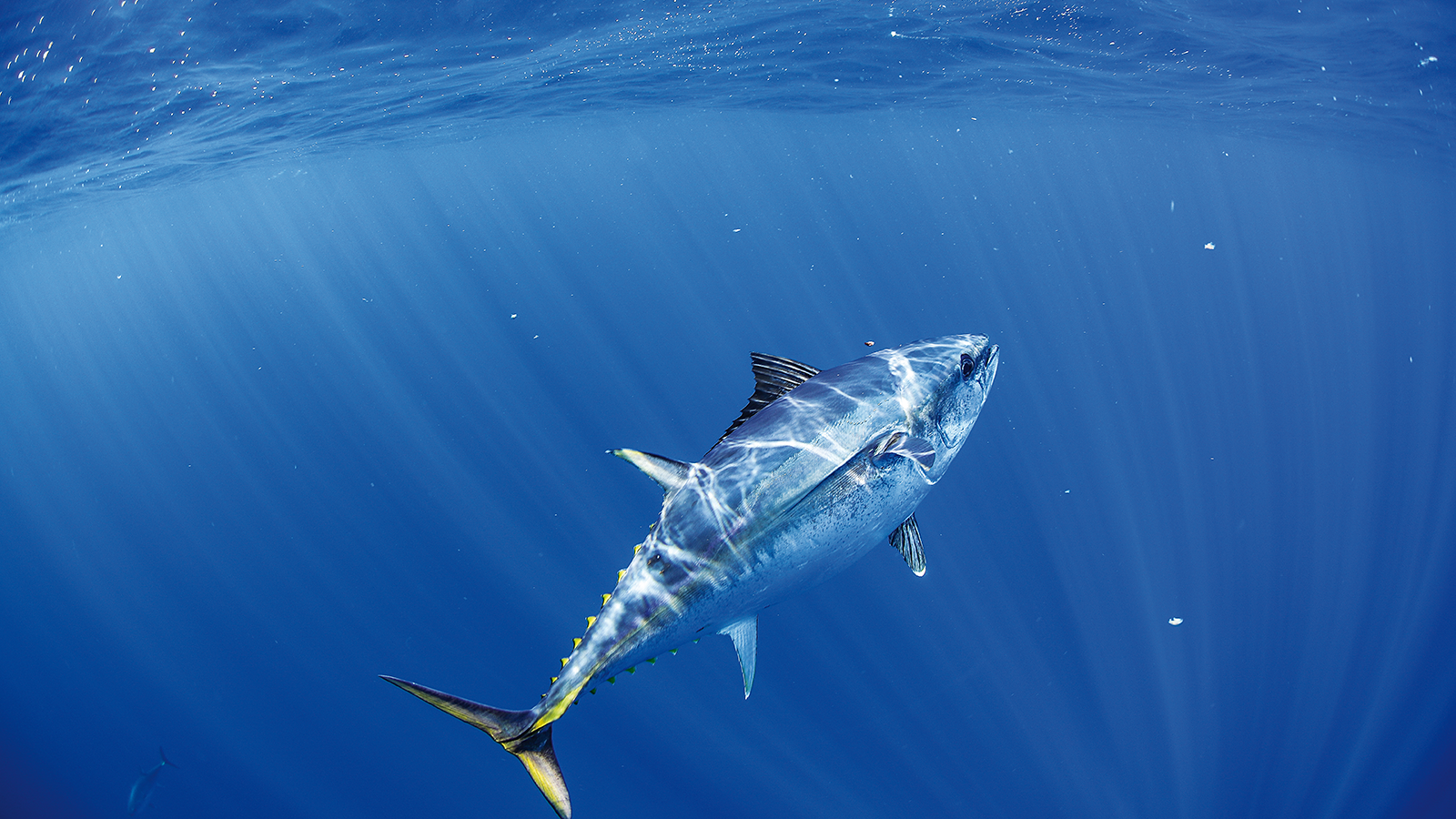SCRC: PhD 6.08 Molecular assessment of spawning cues in temperate abalone
The spawning of cultured abalone for Australia’s expanding abalone industry is a ‘numbers game’ with hatcheries required to mature and induce more individuals than needed as gamete release is not under full control. While this is acceptable for commercial production the advent of selective breeding programs (SBPs) emerging across the industry means that increased spawning efficiency is crucial to provide for the spawning of highly valuable selected individuals on cue ensuring that the greatest genetic gains in production traits are realised. Greater control over spawning is key to ensuring maximum efficiency in the implementation of SBPs and also in producing the highly marketable interspecies hybrid between Haliotis rubra and H. laevigata.
The aim of this project is to unravel the signalling cues that regulate spawning and/or maturation processes in abalone. This will allow on farm interventional strategies to be developed. Peptide hormones are a complex set of messenger molecules controlling a wide diversity of regulatory functions including a multitude of physiological processes and behaviours within an organism. The latest mass spectrometry methods will enable the detection, identification and characterisation of these important signalling molecules. While there is currently a limited genetic resource available for Haliotis species in the absence of a reference genome, molecular genetic approaches will also be utilised alongside the peptide discovery process to address this shortfall in knowledge. By undertaking sampling at variable time points during the gonad conditioning and spawning process it will provide valuable insight into which of the peptides are involved in facilitating spawning cues. This is likely to result in the ability to develop external stimuli and/or methods that will enable spawning of temperate abalone on cue.










